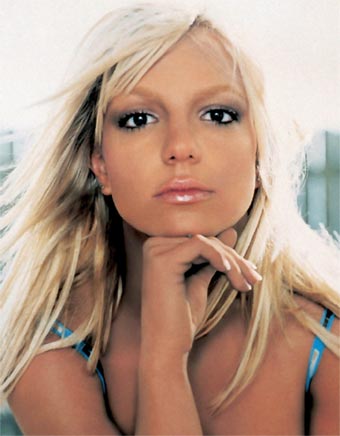Friday, February 24, 2006
Lessoon Queig / Lesson 5
Most aspects of our behaviour and character are subject to change, I may be happy now, but who knows about tomorrow. Gaelic languages use ta for 'is' / 'are' / 'am' for all these temporary conditions, and before actions (ta mee goll - I am going). For conditions that don't change the 'she' form is used because we are defining the noun. We say she ben vie ish, = 'is woman good she ' = 'she's a good woman' when we are saying what she is, but to say how she is we would use the ta form -t'ee mie - 'she's good'. These are not hard and fast rules, don't panic, Manx is a very flexible language.
 Nee uss Americaanagh?
Nee uss Americaanagh? Lessoon Kiare / Lesson 4
cre (what) + yn (the) = cre'n
er = on
er Britney = on Britney
er + mee = orrym = on me
er + oo = ort = on you
er + ee = urree = on her
er + eh = er = on him
These combinations are great aren't they? In English it is considered slangy to contract 'on her' to 'onna', in Manx the opposite is true er ee; bad, urree; good.
Say these to yourself a few times and you'll find they roll off the tongue.
Most words here are said as an English speaker would read them. The y sound in orrym and ennym is hardly pronounced in either word, and is closer to the modern English 'u' than it is to 'y'. Say 'anonymous', now drop the 'an' and 'ous' parts and change the 'o' sound to an 'e' (as in 'bed') and you've got it.
Lessoon Tree / Lesson 3
Notes:
oo hene = yourself
mee hene = myself
eh hene = himself
ee hene = herself
gaccan is often written as g'accan because the g at the beginning of the word signifies the person is 'at their' grumbling right now.
The çh sound in çhing is soft, similar to the 'ch' in cherry. Some writers prefer to write it ch. These lessons will always use the çh form.
T'ee çhing
çhing = sick
.jpg)
kys = how
t'ou = you're
hene = self








